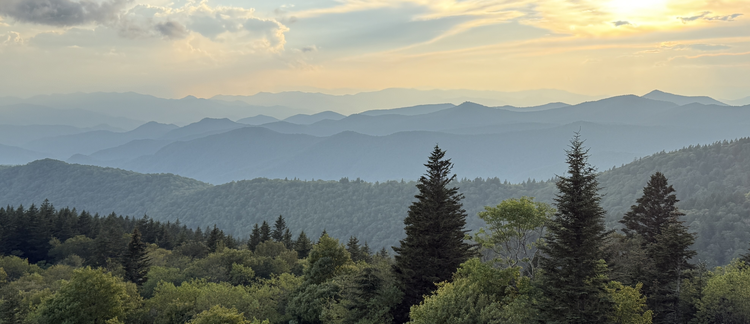Abstract
The ritual known as blót is a major form of worship within Heathen religious communities, performed to celebrate specific turning points in the solar calendar and to commune with deities of the Norse pantheon. Blóts originally entailed the offering up of sacrificial flesh and blood, followed by a communal feast and drinking ritual (sumbel). As part of a reconstructionist movement, Heathens today have revived and adapted this ritual to suit their modern needs, and though the practice of animal sacrifice remains largely in the minority today, other forms of material sacrifice, along with the elements of communal worship, drinking, toasting, and feasting, remain key components of a modern blót. Most of the extant research on blóts has focused on the ritual’s structural and procedural elements and the way(s) in which it constructs the relationship between the deities and worshipers, but comparatively few studies have given significant attention to the communal aspects of blóts. Using exploratory ethnographic research methods and content from a series of interviews, this paper seeks to examine the ways in which the blót ritual, grounded in Heathen religious practice, serves an outwardly secular and non-exclusively Heathen community, with an eye towards how it reinforces community values and bonds. The blót, beyond participants’ personal religious beliefs, represents the creation of a unique “sacred” space set apart from the participants’ concepts of the mundane, and designates a potentially transformative space wherein the elements of personal vulnerability and peer witness ultimately serve to strengthen the coherency of the community.
How to Cite
Parker, E. P., (2025) “Frith Beyond Faith: Blót as a Means of Community Bonding”, Capstone, The UNC Asheville Journal of Undergraduate Scholarship 38(1).
106
Views
28
Downloads
